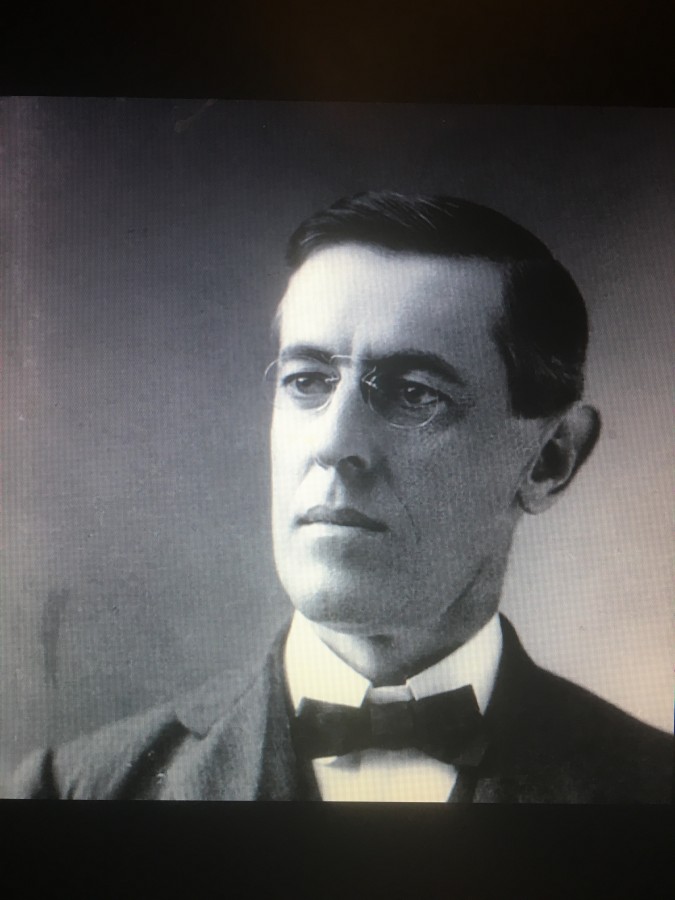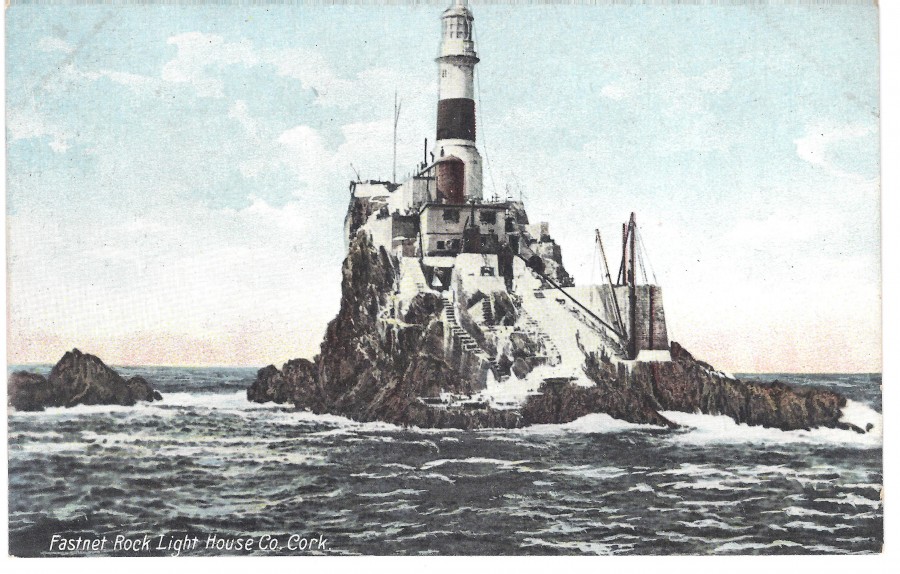Speech given by Cllr Kieran McCarthy to Jim MacKinnon, City-County Expansion/ Merger advisory group under Jim MacKinnon,
February 2017
Cork: Towards an Atlantic Maritime Hub of Innovation
Cllr Kieran McCarthy
Mr MacKinnon you are very welcome to this chamber – it’s great to meet another geographer – where you took the planning route in Scotland, I took the cultural geography route to explore memory, narrative making and identity within case studies within this city – attempting to champion its history, heritage and its ambition. Both the planning and cultural are important branches of geography and embody principles of exploring space and place and the concept that place matters. We need to pursue sustainable place making and not only as elements of economic efficiency – we need to create places as part of society, integrated into society, and with a strong narrative, great story and persistent identity structure such as Cork possesses.
For the past two years, I have been fortunate to be an Irish member of the EU Committee of the Regions and am fortunate to have colleagues from Edinburgh and Glasgow and as far as Lerwick on the Shetland Islands. I have always appreciated the Scottish appreciation of the idea of place matters especially those which are marginalised and geographically disconnected from the heart of macro decision making. Indeed, there is much Scotland and Ireland have in common in cultural but also in believing in the power of place.
Being on the COR I am also a member of the Europe 2020 Strategic Monitoring Committee and Territorial Cohesion and EU Budget committee, both of which look at European Spatial planning frameworks and challenges within them. So, I get to regularly read, explore and critique policy and macro pictures and case studies of the importance of second tier cities such as Cork – and how to survive they need to tweak, brand and reposition themselves strategically in a very competitive European and global market of commerce. One gets to see that it is not a time for second tier cities to stay still or be diluted but an exciting time to explore their assets and to scale-up. I make this statement not only being involved in the European Capital of Innovation alumni project but also in the light of Cork City and the need not be diluted or scale down but the need to scale up. We need to reposition and capture its energy and expertise not only as a strategic gateway in the south of Ireland but also as a key hub in maritime north-west Europe.
Small Cities and Opportunities:
Cities, large and small, in the European Union are now more than ever before focussed on the idea they are becoming the representatives of member states.
Cities are the powerhouses of economic growth, innovation and employment opportunities.
Cities are the living environment for 72% of all Europeans. This percentage is expected to rise to 80% by 2050. The developments in the cities are increasingly indicative for the quality of human life.
Cities are facing ever greater social challenges in respect of the environment, transport and social cohesion. The Urban Agenda for the EU aims to address those challenges.
Cities ever before are seen as the glue that keep the EU together – regions alone cannot function without a central ambitious heart driving them.
Vast sums of structural funds are now being invested in cities and the public interest – to address poverty, housing, innovation, waste management, climate change measures and urban mobility.
Much of Cork City’s key infrastructure the last twenty years has been, for a large part, been funded by the EU – our new streetscapes, waste management, transport mobility, mechanisms and our larger public parks and amenities. We secure funds because we are an ambitious and strategic city with a vision for its future within a bigger picture – the city’s DNA is rooted in vision in its historical development in its past.
In the macro picture, cities are seen as stronger mechanisms that have population capacity, which can create better funding models. With cross-sectoral financial instruments, they can simplify use of funds, and combine funds to more possibilities – the larger the city the more funding it attracts.
Indeed, in the bigger picture towns in surrounding regions are seen as satellite hubs for developments of cities.
More and more collaboration is happening.
City-smart EU policies are sensitive to the needs of our urban areas, will enable and empower cities to deliver results that benefit all.
Well-performing cities benefit their surrounding areas, driving growth & innovation in our regions as well as Europe’s overall competitiveness.
This is apparent in projects such as Eurocities.
The eminent Eurocites project of 130 European cities marks that 3 out of 4 people in Europe live in urban areas.
Cities are drivers of Europe’s economy, frontline managers of social inclusion and key players in climate action – check out Cork City’s work on lifelong learning and the promotion of social inclusion. Cities are the key to Europe’s objectives for smart, sustainable and inclusive growth – that if we don’t get it right in our cities, we won’t get it right at all.
Last November, Cork was able to host an international entrepreneurial network and win kudos at international level for it.
At this moment in time, a city must have a population of 250,000 to be a member and to become a key player within urban strategy – so Cork City is behind.
A Time to Scale Up:
Cork City has the opportunity to scale up and become an Atlantic Maritime Hub of strategic planning in areas such as enterprise innovation and education and skill building; that is the crossroads that Cork has the potential not only to scale up from Ireland’s southern capital – the opportunities for Cork City is to capitalise on historic good will and enhance its reputation as Europe’s oldest and leading port city, which has ideas and can compete with the best of them.
This ambition is clear as well in the smaller Atlantic Area European projects, we are currently pursuing under the guidance of our EU funding co-ordinator:
Atlantic Social Hub- Atlantic cooperation for the promotion of social innovation (S.O. 1.1. Enhancing innovation capacity through corporation to foster Competitiveness), Ayuntamiento de Aviles
Atlantic Food Export-Business Cooperation to Increase Atlantic Food Products Exports Innovation (S.O.1.2 Strengthening the transfer of innovation results to facilitate the emergence of new products, services and processes), Chamber of Agriculture of Dordogne
A4RES – Atlantic Area for renewable energies and energy storage systems, Fostering resource efficiency (S.O. 2.1: Fostering Renewable Energies & Energy Efficiency)
AREAM – Agência Regional da Energia e Ambiente da Região Autónoma da Madeira
MMIAH – Recovery and valorization of maritime, military and industrial heritage of the aa coast, Biodiversity, Natural & Cultural Assets, (S.O. 4.2 Enhancing natural and cultural assets to stimulate economic development), Ayuntamiento de Ferrol
ODYSSEA ECO MOVEA – Ecomobility and Green Growth model based on eco-innovation triple helix, Resource Efficiency (S.O. 2.2 Fostering green growth, eco-innovation and environmental efficiency), Public Ports Agency of Andalucia
Energy Bank – Energy bank: an efficient tool of alleviating energy poverty Resource Efficiency (S.O. 2.1: Fostering Renewable Energies & Energy Efficiency), Andalucian Institute of Technology
ADSA – Atlantic Digital Start Up Academy Innovation, (Specific Objective 1.1 Enhancing innovation capacity through corporation to foster competitiveness), Technopôle Brest-Iroise
The potential for this city is enormous. It has the potential to be a really important player in the development of this country but also a trusted player in the Atlantic Region of the European Union. Such ambition should not be thrown onto the fire of efficiency but should be allowed grow with the proper and most effective framework in place.
Many thanks for coming here this afternoon.
Ends.

